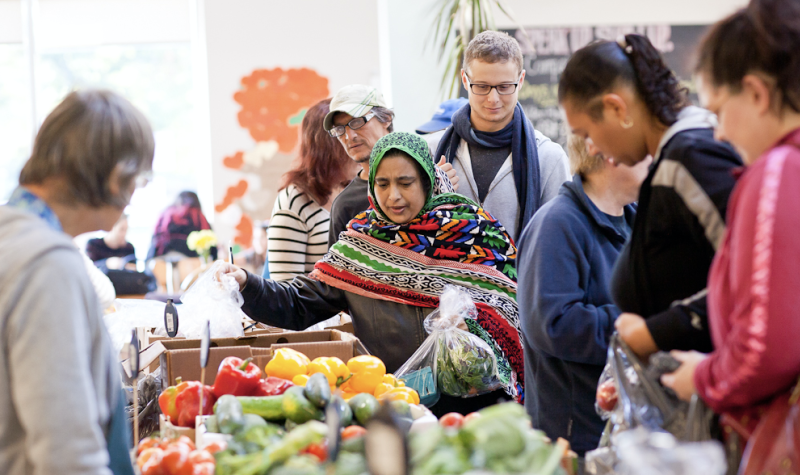Recent data has shown Nova Scotia’s food insecurity was up five per cent in 2022 from the previous year and up 21 per cent from before the COVID-19 pandemic.
PROOF, a research program at the University of Toronto, compiled data from Statistics Canada to provide information on food insecurity across Canada in 2022.
In 2022, 6.9 million people including almost 1.8 million children experienced food-insecurity in Canada's 10 provinces. The percentage of people living in food-insecure households has increased in every province since 2019. The highest percentage of individuals experiencing food insecurity is in the Atlantic provinces due to the high rates of inflation and unemployment. In 2022, Nova Scotia’s unemployment rate was seven per cent.
“At the end of the day, this is about poverty,” says Wendy Fraser, executive director of The North Grove in Dartmouth.
“Some of the social assistance rates went up two per cent last time, we know that’s nowhere near keeping pace with inflation,” she added.
The North Grove is a non-profit organization that offers programs, services and space for people to connect. Their Community Food Centre, in partnership with Community Food Centres Canada, is one of 12 across Canada. The food centre provides community meals throughout the week as well as programs such as Young Cooks that allows children age 7-12 to learn cooking skills and share a meal together.
“We have over 135 volunteers right now and over half of them use our services,” Fraser says.
Those struggling are becoming dependent on not-for-profits due to the lack of social services being offered from the government, Fraser explains.
“There’s been minimal social assistance,” Fraser says. “A family of four is getting around $1,200 a month.”
Listen to the story below:


